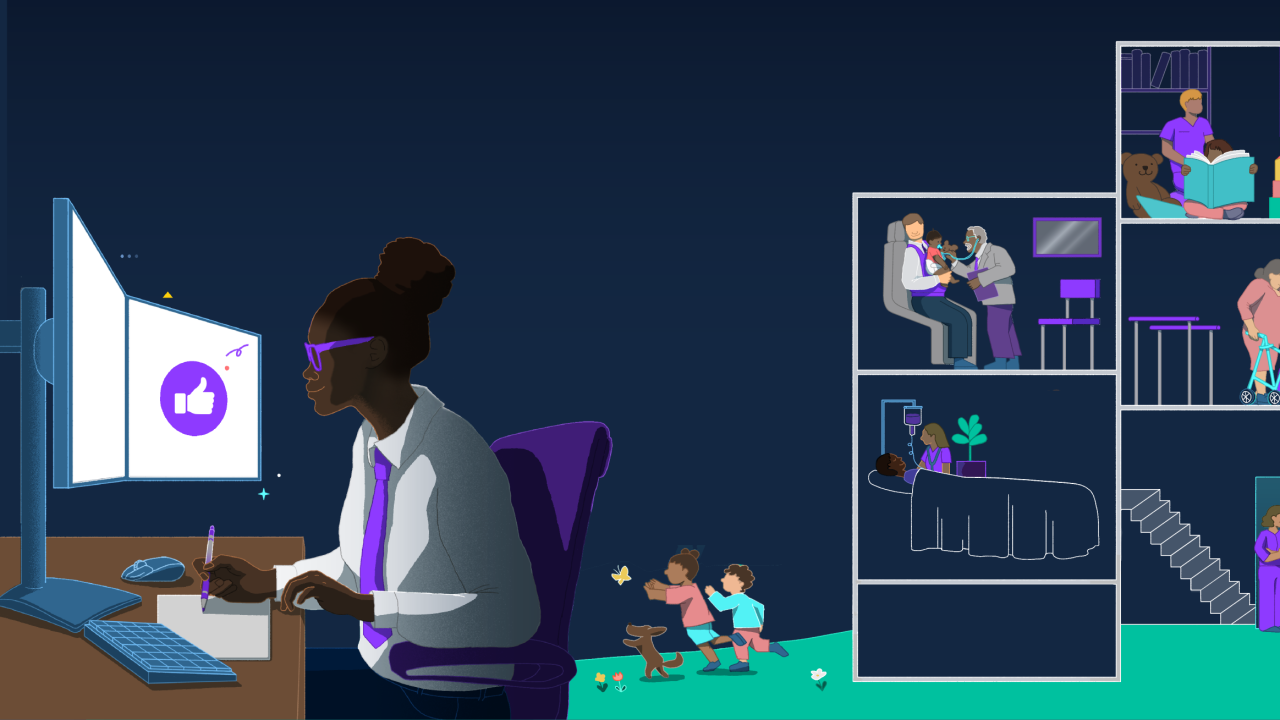Employers today are doubling down on reducing costs and
These days, leaders are looking to derive more value from every dollar they spend and as a leading cost driver, employee benefits top the list. An important part of this conversation isn't just what benefits are offered, but why — and how they can
We surveyed more than 43,000 employees about their benefits preferences and also looked at the behaviors of more than 18 million benefits consumers on our benefits platform. Using Kano methodology, we asked employees to rank 33 benefits on their potential to delight, satisfy, support or frustrate employees (e.g., I like it, I expect it, I'm neutral, I can tolerate it, I dislike it).
This means what delights Gen Z could be an expectation — or "performance benefit" for boomers and vice versa. It's all about how the individual perceives the value of a given benefit. Performance benefits essentially can be considered must-haves or expected, while delighter benefits provide unexpected but welcome value.
Read more:
Looking through a generational lens, the data reveals baby boomers, who are closer to retirement and could be caring for elderly loved ones while managing their own health needs, have twice as many performance benefits as Gen Z. This included a 401(k) plan, paid time off policies, preventative care, prescription assistance, cancer support and parent/caregiver support. These benefits help employees maintain health, financial stability and work-life balance.
Meanwhile, Gen Z digital natives (and newest entrants to the workforce) categorize six times as many delighter benefits as boomers, including employee assistance programs, financial assistance, fitness programs, weight management support, care navigation and wellness incentives. While surgery planning, cancer support, caregiver support and prescription assistance are performers for boomers, they're delighters for Gen Z.
Like Boomers, however, Gen Z views 401(k) programs and time off policies as performance benefits – but unlike boomers, women's health programs also are performance benefits to this generation.
These generational differences present an opportunity for brokers and advisers to counsel clients on how to tailor their benefits strategy based on their workforce demographics. Though a one-size-fits-all package may seem simpler, a more dynamic engagement strategy will better address the shifting benefits expectations among millennials and Gen Z, who make up
Brokers and advisers have long helped clients balance cost containment with competitive offerings. But our performance vs. delighter findings offers a new lens for brokers looking for data-backed insights that help employers reimagine benefits packages and communication strategies uniquely tailored to their teams.
Read more:
Here's how this can be put into practice:
1. Examine workforce composition
Understanding the generational makeup of an organization is critical. A company with a large Boomer or Gen X population may want to emphasize a robust offering of foundational or core benefits. In contrast, companies with a heavy Gen Z population may benefit from investing in lifestyle and wellness perks that support their values.
2. Gather employee preference data
The strong response rate we saw in our benefits surveys sends a message that employees are eager to share their preferences. Brokers and advisers can assist their clients in gathering data directly from employees to align benefits packages with employee expectations. Keeping a finger tightly on the pulse of benefits sentiments not only keeps current employees happy, but better positions your clients to attract – and keep – top talent.
3. Layer benefits
Encourage clients not to think of benefits as a checklist, but more of an ecosystem. Performance benefits form the foundation and delighter benefits can be layered on top to build culture and engagement. Delighter benefits don't have to be expensive to be effective. In fact, many of the most meaningful offerings, such as flexible work arrangements or mental health days, are low cost but high value when compared to traditional benefits.
4. Personalize communication
Your job has only just begun once the benefit program offering is tailored to meet the needs of your client's employee preferences. Now you must deploy a simple, yet sophisticated, engagement strategy to ensure performance and delighter benefits are being presented to the right audience at the right time with the right messaging.
Read more:
5. Study utilization
Just because a benefit exists doesn't mean it's delivering ROI. And at the same time, just because a benefit is underutilized doesn't mean it has no value. The reality is that a vast majority of employees (86%) are confused about their benefits. In fact, our
Ultimately, understanding the dynamics behind performance and delighter benefits is a practical, strategic tool. By aligning benefits design and communication with generational needs and using data to inform strategy, employers will create packages that both perform and delight – and brokers can be the ones who help them get there.






